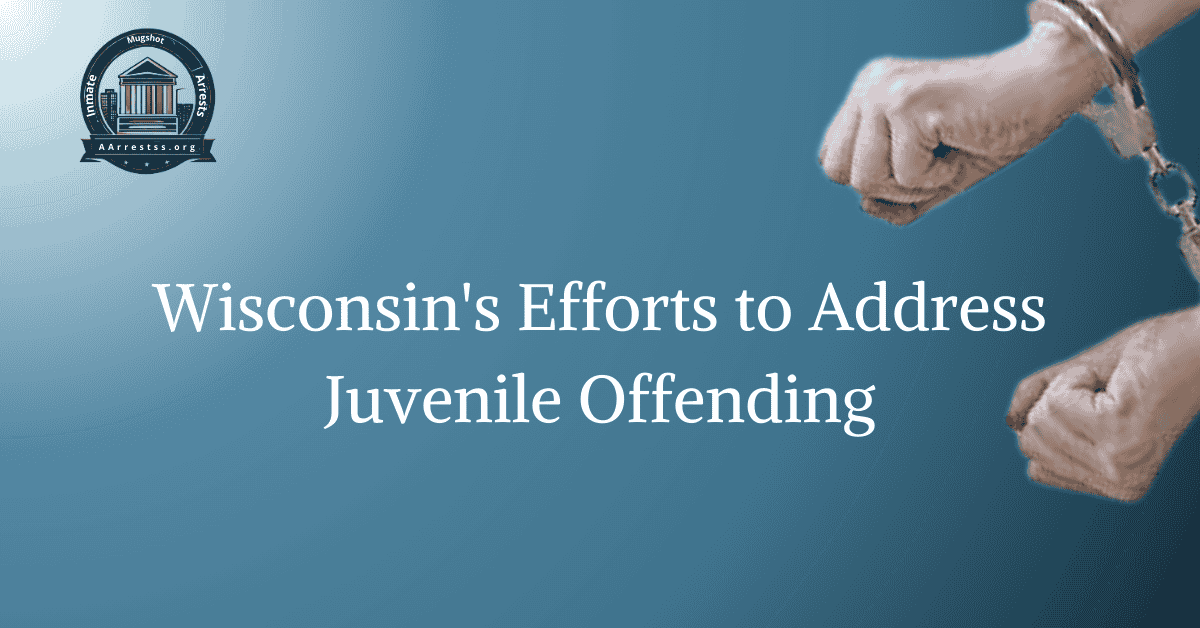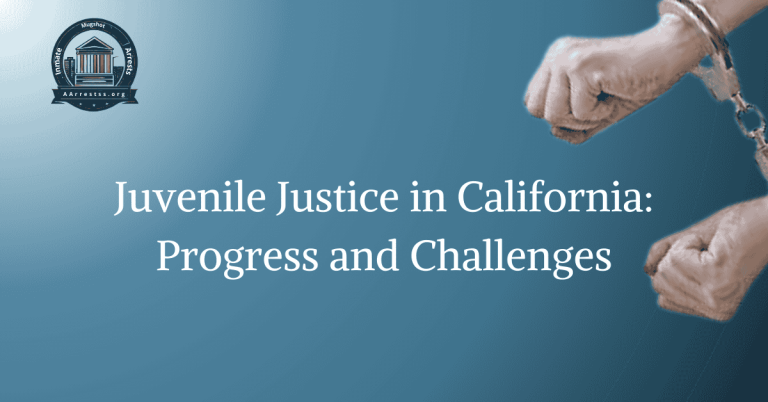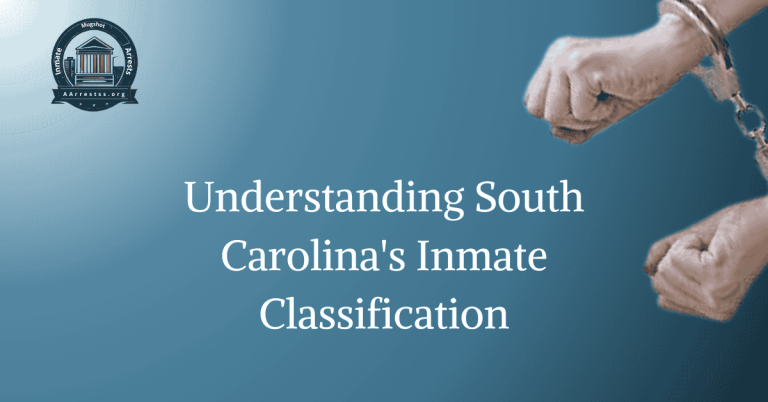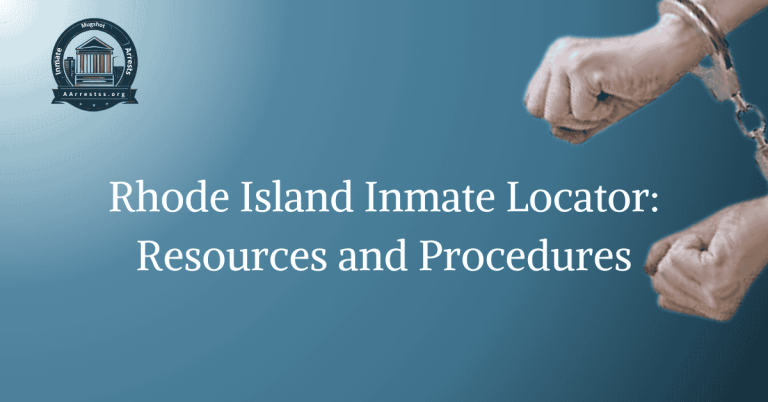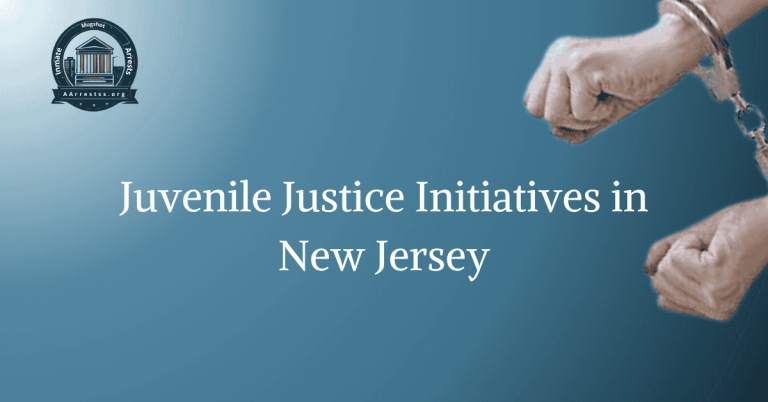Wisconsin’s Efforts to Address Juvenile Offending
Wisconsin has made significant efforts to address juvenile offending and ensure the well-being of its young population. The state has implemented various programs and initiatives aimed at prevention, intervention, and rehabilitation, with the goal of reducing recidivism rates and promoting positive outcomes for young offenders. These efforts involve a collaborative approach that includes law enforcement, judicial systems, community organizations, and educational institutions, all working together to create a system that prioritizes the rehabilitation and reintegration of juvenile offenders.
One key aspect of Wisconsin’s approach is the emphasis on early intervention and prevention. The state has recognized the importance of addressing risk factors and providing support to at-risk youth before they become involved in criminal activities. Through targeted programs and resources, Wisconsin aims to identify and address the underlying issues that contribute to juvenile offending, such as poverty, substance abuse, and mental health challenges.
Wisconsin’s Programs and Initiatives
Wisconsin has implemented various programs and initiatives aimed at addressing juvenile offending and ensuring the well-being of its young population. These efforts involve a collaborative approach that includes law enforcement, judicial systems, community organizations, and educational institutions.
Prevention Programs
One key aspect of Wisconsin’s approach is the emphasis on early intervention and prevention. The state recognizes the importance of addressing risk factors and providing support to at-risk youth before they become involved in criminal activities. Through targeted programs and resources, Wisconsin aims to identify and address the underlying issues that contribute to juvenile offending, such as poverty, substance abuse, and mental health challenges.
Intervention Strategies
Wisconsin also focuses on intervention strategies to redirect young offenders towards positive outcomes. These strategies involve providing counseling, mentoring, and educational support to help juveniles overcome their challenges and make better choices. By intervening at an early stage, Wisconsin aims to prevent further delinquency and encourage rehabilitation.
Rehabilitation Efforts
Rehabilitation plays a crucial role in Wisconsin’s approach to juvenile justice. The state recognizes that simply punishing young offenders may not address the underlying issues that contribute to their criminal behavior. Therefore, Wisconsin prioritizes rehabilitation programs that aim to address the root causes of offending and promote the reintegration of juvenile offenders into society. These programs may include vocational training, educational opportunities, and counseling services.
Collaborative Approach
Wisconsin’s efforts to address juvenile offending are not limited to a single agency or organization. Instead, the state adopts a collaborative approach that involves multiple stakeholders working together. Law enforcement, judicial systems, community organizations, and educational institutions collaborate to create a comprehensive system that prioritizes the rehabilitation and reintegration of young offenders. This collaborative approach ensures that all aspects of a juvenile’s life are addressed, leading to more effective outcomes.
Reducing Recidivism Rates
A significant goal of Wisconsin’s programs and initiatives is to reduce recidivism rates among juvenile offenders. By focusing on prevention, intervention, and rehabilitation, the state aims to break the cycle of criminal behavior and promote positive outcomes for young offenders. By addressing the underlying issues and providing support at various stages, Wisconsin aims to empower juveniles to make better choices and lead successful lives.
FAQs
What is Wisconsin’s approach to addressing juvenile offending?
Wisconsin takes a multi-faceted approach to addressing juvenile offending by focusing on prevention, intervention, and rehabilitation. The state emphasizes community-based programs and services that aim to divert at-risk youth from the juvenile justice system.
What programs are in place to prevent juvenile offending in Wisconsin?
Wisconsin implements various preventive programs such as mentoring initiatives, after-school programs, and youth employment opportunities. These programs aim to provide positive alternatives and support systems for at-risk youth, reducing the likelihood of engaging in criminal behavior.
How does Wisconsin intervene when a juvenile commits an offense?
When a juvenile commits an offense, Wisconsin employs a range of intervention strategies. These may include diversion programs, counseling services, and restorative justice practices. The goal is to address the underlying issues that contribute to delinquency and promote accountability.
What is the role of rehabilitation in Wisconsin’s approach?
Rehabilitation plays a crucial role in Wisconsin’s approach to addressing juvenile offending. The state offers various educational, vocational, and therapeutic programs to help juvenile offenders develop the necessary skills and behaviors to reintegrate into society as law-abiding citizens.
Are there alternatives to incarceration for juvenile offenders in Wisconsin?
Yes, Wisconsin recognizes the importance of alternatives to incarceration for juvenile offenders. The state prioritizes community-based supervision, treatment programs, and probationary measures that focus on rehabilitation and reintegration rather than punitive measures.
What collaborations exist to address juvenile offending in Wisconsin?
Wisconsin promotes collaboration between various agencies, organizations, and community stakeholders to address juvenile offending comprehensively. Partnerships between law enforcement, schools, social services, and community organizations aim to coordinate efforts and provide a holistic approach to juvenile justice.


